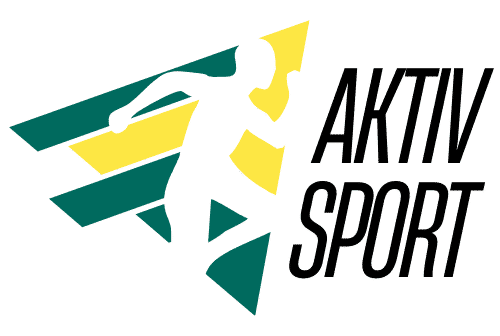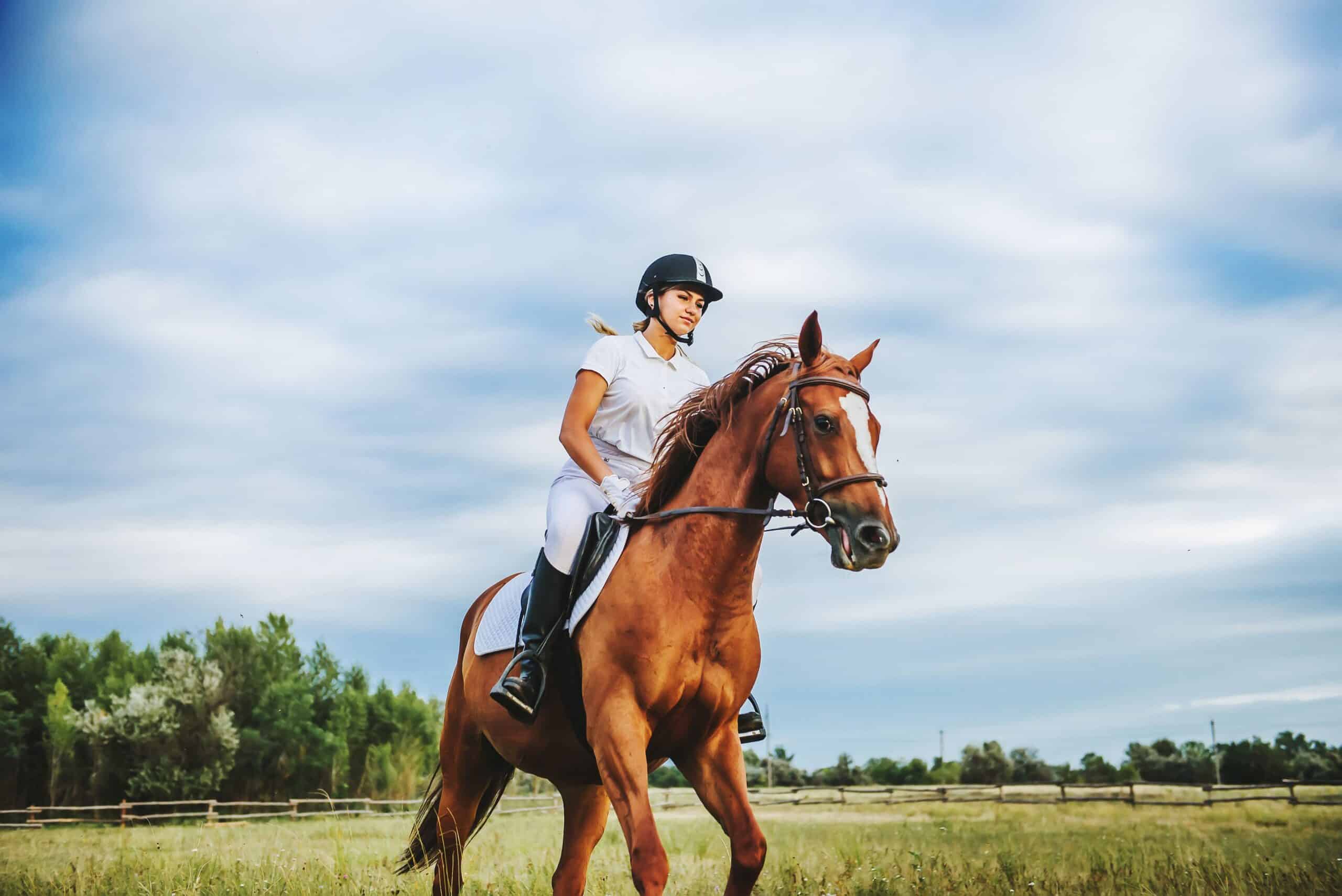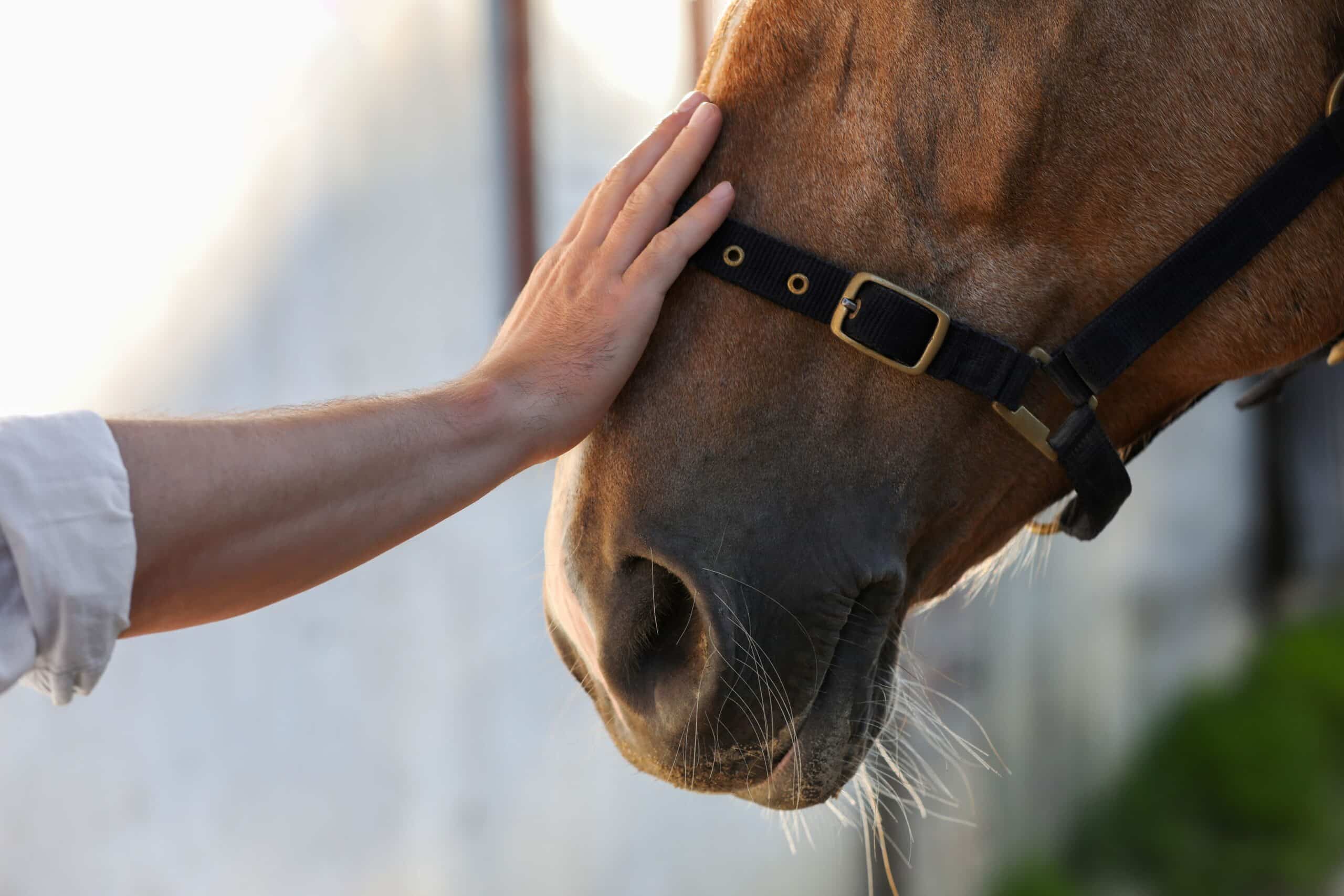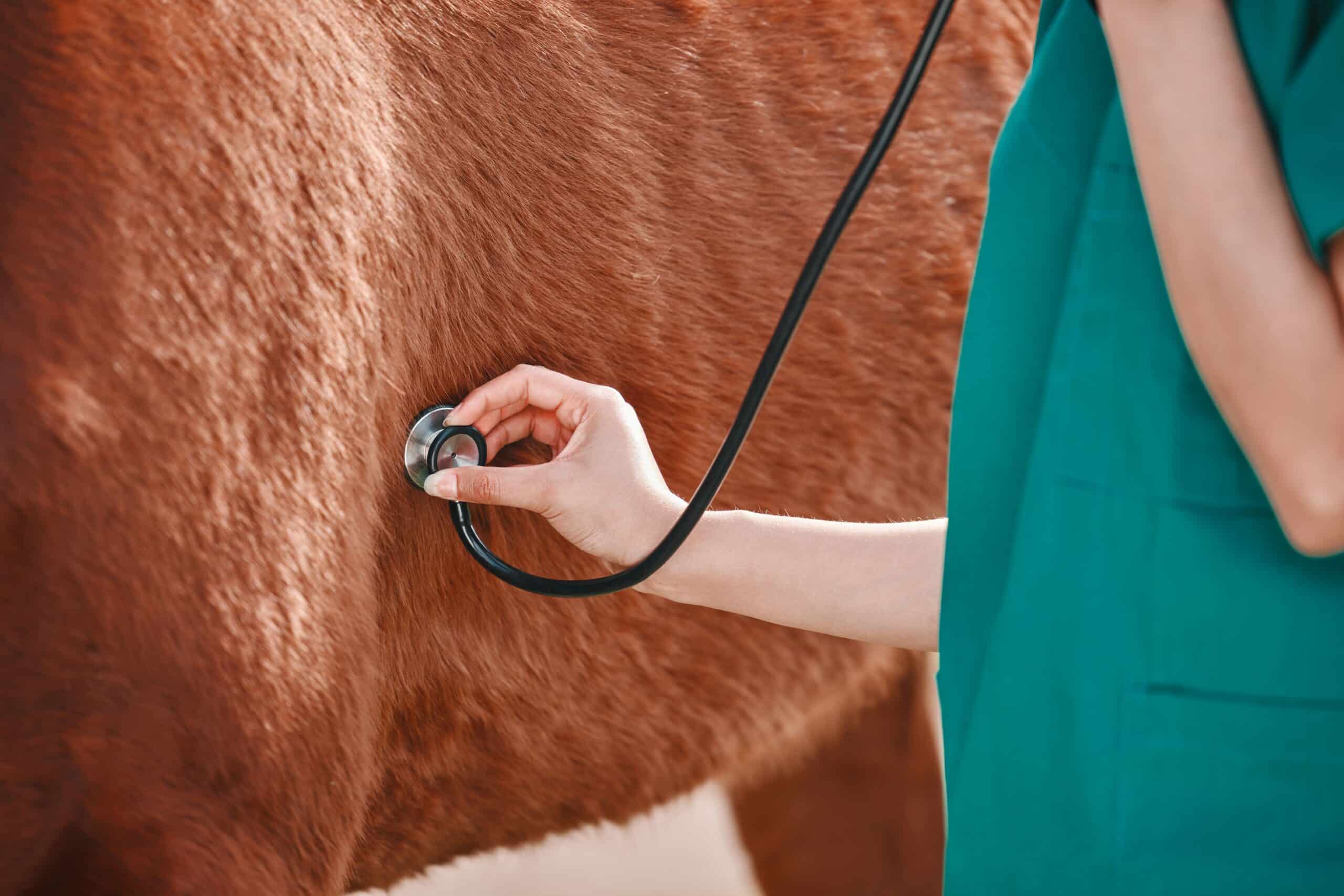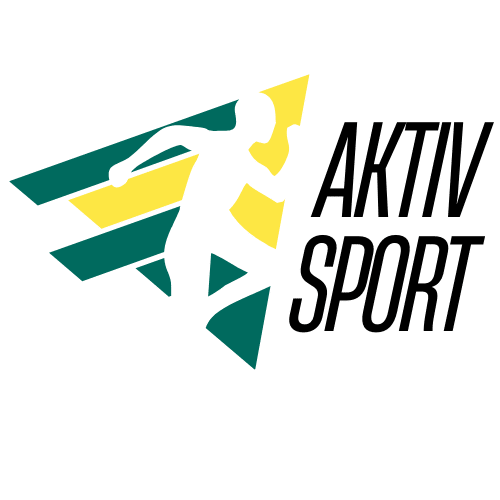When people search for jumping horses for sale, they’re not just browsing price tags—they’re exploring potential. Because in just a few encounters, it becomes clear whether a promising athlete could truly become a partner.
The Difference Is in the Process
Choosing a horse for competitive jumping isn’t a casual decision—it’s a long-term investment in time, trust, and shared development. In equestrian sport, performance alone isn’t enough. You need a horse that fits your riding style, can handle the pressure of competition, and remains physically and mentally sound over time. Many buyers underestimate the complexity of the selection process. Rushed decisions, emotional attachments, or a lack of preparation often lead to mismatches. A systematic and honest approach is the most reliable way to find not just a good horse, but the right one.
Research: Filtering Information, Spotting Quality
Jumping horses for sale are everywhere—few are right. The search usually starts online, across marketplaces, breeder websites, and social media. It’s easy to get lost in the flood of listings, but quantity rarely means quality. The key is to define a clear set of criteria and apply them rigorously. For instance, horses between five and eight years old often strike the right balance—young enough to develop, yet experienced enough to show their potential. Verified competition results indicate a horse’s exposure and reliability, while pedigree might hint at athletic promise or temperament, though it’s not a guarantee. Above all, videos are essential. A well-filmed ride showing rhythm, balance, and scope over jumps reveals far more than any polished photo ever could. If a listing lacks critical details or feels vague, it’s usually not worth pursuing further.
Reaching Out: Asking the Right Questions
Once a horse catches your attention, the way the seller communicates becomes just as important as the horse’s stats. At this stage, you’re not collecting trivia—you’re narrowing the field. How long has the horse been with the seller? Why is it being sold? Who has ridden it, and how often? Has it had any injuries, treatments, or breaks from work? A transparent seller will offer clear, specific answers and be upfront about any quirks or past issues. Be wary of evasive responses. Ask for recent, unedited videos showing a variety of situations—not just highlight reels from shows. The more open the communication, the more accurately you can assess whether this horse truly fits your goals.
On-Site Visit: Reading Body Language and the Environment
The visit to the stable isn’t just about seeing the horse in real life—it’s your chance to observe the entire setting. Is the stable well-kept? Are the staff respectful and calm in their handling? Small details often say more than big claims. Watch the horse closely before any tack is added: how it reacts to new people, how it stands when led, whether it shows signs of stress or tension. Look at its condition—feet, back, coat, muscles. These physical clues, along with its behavior during grooming or being saddled, reveal how the horse has been handled and cared for. Long before you climb into the saddle, you’ll likely know whether the horse is even worth trying.
Trial Ride: Ride With a Plan, Not on Emotion
The trial ride is the most decisive—and delicate—step of the entire process. It’s where expectation meets reality. Arrive prepared. Bring your own saddle and gear if possible. Start with basic flatwork: walk, trot, canter on both reins. How does the horse respond to your aids? Is it cooperative, tense, or inattentive? Then, depending on the horse’s training level, move to light jumping exercises. Focus less on perfection and more on communication. Does the horse listen, adjust, and respond to subtle guidance? Or do you feel like you’re managing resistance at every turn? A short video taken during the ride can be incredibly helpful when reviewing impressions afterward. Often, what feels good in the moment becomes even clearer when watched back.
Health: Always Buy With a Full Exam
Never skip a pre-purchase exam—especially for sport horses. A sound vetting isn’t just a safety net; it’s a baseline for your long-term partnership. A proper exam includes a thorough clinical assessment and a series of radiographs. Eyes, heart, lungs, teeth, and joints should be checked. Movement evaluations are done at walk and trot on various surfaces. Standard x-rays include hocks, fetlocks, stifles, and spine. Depending on the horse’s history or age, further diagnostics like blood work, ultrasound, or endoscopy may be advised. Always choose an independent veterinarian—not someone recommended by the seller. Some findings may not be deal-breakers but should be interpreted in light of your intended use. Cutting corners here can lead to expensive consequences later on.
Decision: Let Reason Lead Over Romance
The real decision often takes shape on the way home. And it should be made more with your head than your heart. Even if a horse feels magical in the saddle, that alone isn’t enough. Ask yourself: Does this horse suit your current riding level and your long-term goals? Can it be trained and supported in your existing environment? Will it thrive in your routine and under your care? Getting advice from a trainer or experienced third party can help separate emotion from assessment. Create a clear list of pros and cons. This visual clarity can prevent wishful thinking from overshadowing red flags. When everything adds up—feel, function, and future—you can commit with confidence.
When a Horse Becomes a Partner
A truly great sport horse isn’t just defined by athleticism, but by its willingness to work with you. Finding the right horse is not a matter of luck—it’s the result of deliberate action, critical thinking, and patience. From the first message to the final trot, every step in this process matters. For riders who don’t want just any horse, but the right one, this journey is the most rewarding part of all.
Photo credit: sergo321, Kirsten Davis/peopleimages.com, New Africa/ Adobe Stock
